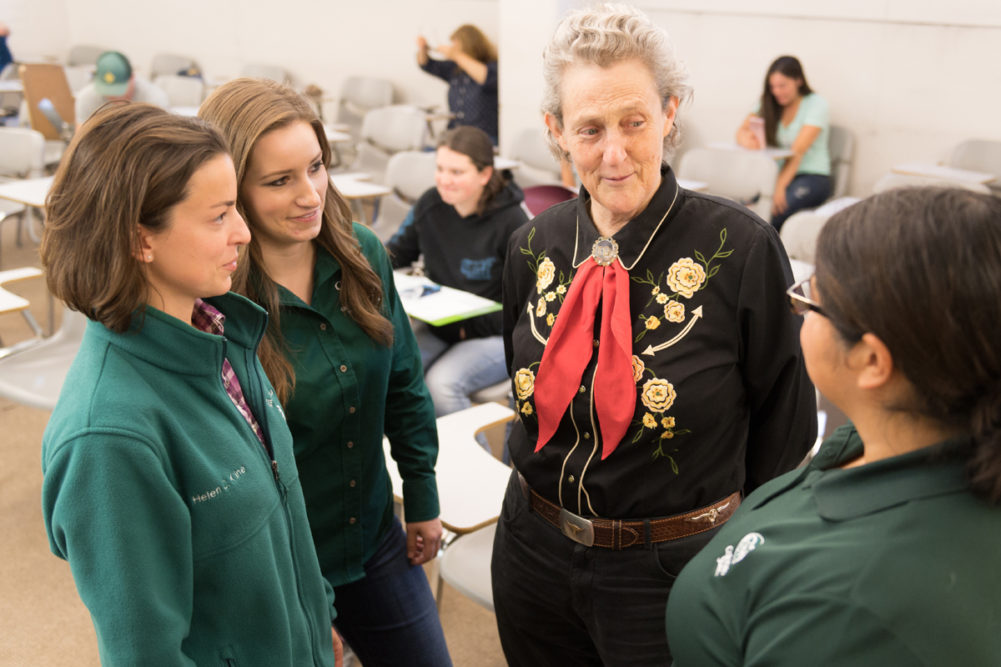For the last 30 years, the National Beef Quality Audits have provided valuable information on both meat quality and problems that need to be corrected. Data collected in 2022 in 20 large US commercial beef packing plants indicated that the condition of cull cows and bulls needs to be improved. The industry has done an excellent job conducting educational programs for training producers on the importance of both Beef Quality Assurance and low stress handling. Unfortunately, there are a few operations that are not getting exposed to this information.
Recently, I talked to a veterinarian who had a client who had absolutely no cattle handling facilities. All vaccinations were given with darts. From a meat quality standpoint, this is a really bad practice. Beef plants routinely use metal detectors and X-ray machines to detect foreign objects; 19% of the plants reported finding darts and bullets in cull cows and bulls. A shocking 100% of the plants reported finding either buckshot or birdshot in their animals. This resulted in half the plants reporting customers had complained about foreign objects.
In cull dairy cows, 47% had full udders. This is considered a defect because the meat becomes contaminated when the udder is removed. It is also a welfare problem, and it may interfere with mobility. The audit data also showed that a greater percentage of cull dairy cows were lame compared to beef cows. Eighty-six percent of the beef cows walked normally compared to only 66% of the dairy cows.
There is one bright spot, however. Compared to audits conducted in 1999, the percentage of cull cows with arthritic joints was greatly reduced. Unfortunately, too many cows are arriving at the plant too thin. Compared to previous audits, the percentage of very skinny cows has increased. Bruising continues to be a major issue. It is likely that many of the bruises were caused by tall cattle scraping their backs when they exit the bottom deck of a trailer.
Information outreach
I have observed there are still places that are not receiving Beef Quality Assurance information. Recently, I made a presentation to a group of small ranchers in Kentucky, and I was surprised to learn that some of them did not know what Beef Quality Assurance was. The National Cattlemen’s Beef Association and commercial companies have conducted numerous low-stress cattle handling workshops, but a few ranchers still have not adopted better practices. Several months ago, I talked to a student who worked one summer on a beef ranch. She quit because they were running two-month-old calves to exhaustion.
Unfortunately, there are a few places that are not taking advantage of all the educational materials that are available to cattle ranchers.
A large survey of handling practices at 76 beef cattle ranches was conducted by Lily Edwards-Callaway and her graduate student Elaine Calaba at Colorado State University. Seventeen percent of the ranches used electric prods on 50% or more of the cattle. Sixty-six percent were within Beef Quality Assurance guidelines. Unfortunately, several veterinarians were not using proper cattle handling practices.
It is likely that a relatively small percentage of the producers are causing the worst problems. Practices such as using buckshot to move cattle need to be eliminated. Dart guns should never be used for routine vaccinations or treatments.
On a positive note, I recently visited some small ranches in Virginia that were very progressive. The local extension office provided a portable handling facility that producers could borrow. Many more of these types of initiatives need to be started. There is still a need for better outreach to small remote producers.


